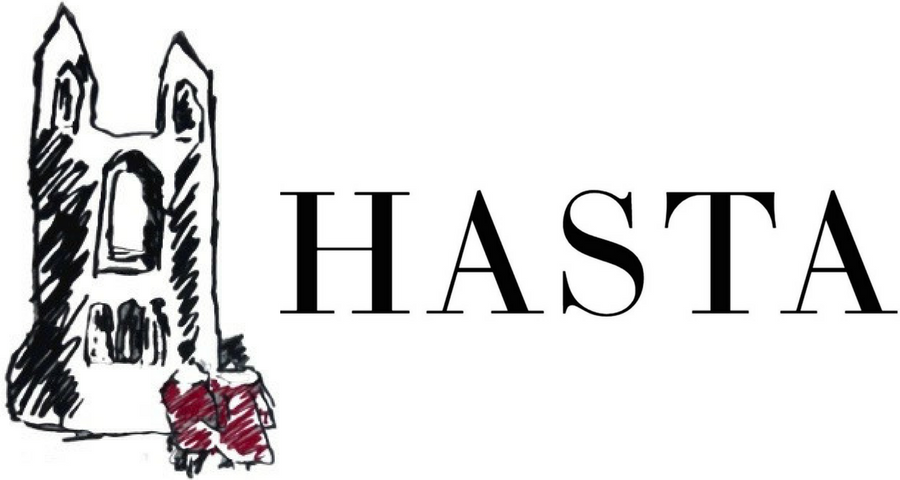Harry Callahan (1912-1999)
By Toby Berryman
Harry Callahan, Chicago, 1955. Gelatin Silver Print, 19 x 29cm. Collection SF MOMA, Gift of Dr. J. Patrick Kennedy.
Born on this very date in 1912, Harry Callahan was an American photographer, teacher, college dropout, former Chrysler clerk, and perhaps even the ultimate perfectionist. Although lauded greatly for his experimental artistic practice, and even deemed by the Museum of Modern Art (MoMA) to be ‘one of the central figures in the evolution of photography’, he left behind an archive of over one hundred thousand negatives and more than ten thousand proof prints – and yet, Callahan ultimately produced only six or seven ‘final’ images each year.
Unburdened by his lack of formal artistic training, Callahan was the first American photographer to exhibit at the Venice Biennale (in 1978), the subject of a vast retrospective at New York’s MoMA (in 1976), and the recipient of both the Edward MacDowell Medal and a congressional National Medal of Arts, all the while maintaining an impressive teaching reputation at the so-called New Bauhaus in Illinois (in a profession which he rather hilariously characterised as ‘intermittent murder’). However, for Harry Callahan, photography was not always part of any career plans…
At 29, Callahan, the son of a farmer, was nothing more than a photographic hobbyist, occupying a regular desk-job for Chrysler (having recently dropped out of his Engineering course at Michigan State University, after only five months). But, soon enough, a talk by Ansel Adams at his local photography club would truly change Callahan’s career trajectory. Driven by Adams to take his art practice seriously, Callahan began to experiment (especially with in-camera manipulation) and never really stopped. His remarkably diverse body of work would go on to span natural and urban subjects, colour and monochrome, motion and still-scenes, and a great deal more.
Harry Callahan, Providence (Shepards), ca. 1966. Gelatin Silver Print, 62 x 91cm. Tate, Courtesy of J. Patrick and Patricia A. Kennedy.
However, there was one near-constant characteristic through all his creative appropriation and imposition, through stylistic changes and adjustments to medium, and that was the compositional presence of Eleanor and Barbara (Callahan’s wife and daughter). Inserted into landscapes, nude or clothed, indoors or out, his family remain the only staged figures in an oeuvre which otherwise captures the idiosyncrasies of life and the natural world. His work is no doubt complex (both technically and in interpretation), but there is a recurrent and frankly enchanting emotional intensity to Callahan’s photos, possibly inevitably even from an artist who saw taking pictures as his ‘whole drive’ in life. While a Callahan photograph is far less immediately confronting than Bruce Gilden’s later street-portraiture for example, it nonetheless challenges the unbridled chaos of Joel Meyerowitz’s New York street scenes, instead achieving an almost unsettling solace or pause amongst the bustle of daily life.
So, while a team of archivists at the University of Arizona continue to piece together their inherited mass of incomplete Callahan projects (confronted by the total absence of any written records), I can’t help but wonder to what extent we see some Callahan in the attention to landscape of Chris Killip, or the witty lens of Martin Parr, both of whom are so celebrated in the present day. Either way, Callahan’s legacy has long been cemented by his technical innovations, quite the feat for an artistic career born in one’s thirties and a medium (in photography) that Callahan once self-deprecatingly claimed was ‘the only thing I have ever been good at’.
Bibliography
Booth, Hannah. “The Big Picture: Eleanor and Barbara, by Harry Callahan”. The Guardian. January 27, 2012. https://www.theguardian.com/artanddesign/gallery/2012/jan/27/big-picture-harry-callahan-eleanor-barbara
Fondation Cartier-Bresson. “Harry Callahan Variations [Press Dossier]”. September, 2010. https://www.henricartierbresson.org/wp-content/uploads/2014/09/FR-DOSSIERDEPRESSE_Callahan.pdf.
Grundberg, Andy. “Harry Callahan, Cool Master of the Commonplace, Dies at 86”. The New York Times, National Edition. March 18, 1999. https://www.nytimes.com/1999/03/18/arts/harry-callahan-cool-master-of-the-commonplace-dies-at-86.html.
Hopkinson, Amanda. “Harry Callahan Obituary”. The Guardian. March 30, 1999. https://www.theguardian.com/news/1999/mar/30/guardianobituaries1.
Morgan, Emily Kathryn. “Harry Callahan’s Pornographic Appropriations”. Art Journal 77, No. 3 (Fall 2018): 92-112.
Museum of Modern Art, New York. “Harry Callahan [Exhibition Press Release]”. December, 1976. https://www.moma.org/momaorg/shared/pdfs/docs/press_archives/5451/releases/MOMA_1976_0111_94.pdf.
PBS News, ArtBeat. “Photographer Harry Callahan at 100”. PBS. December 1, 2011. https://www.pbs.org/newshour/arts/photographer-harry-callahan-at-100.
Woodward, Richard B. “Eleanor Callahan, Photographic Muse, Dies at 95”. The New York Times, National Edition. February 28, 2012. https://www.pbs.org/newshour/arts/photographer-harry-callahan-at-100.


